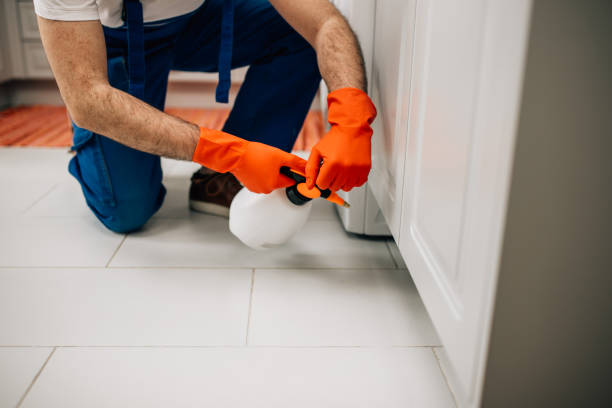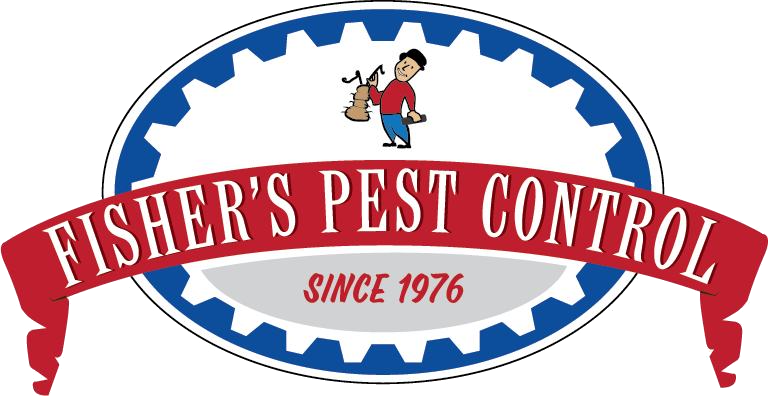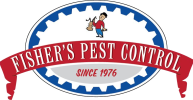August marks the height of summer in many parts of the country, bringing intense heat, high humidity, and a surge in pest activity. The hottest month of the year is when certain pests become more aggressive in seeking food, water, and shelter, often leading them straight into residential and commercial properties. Without proper preparation and monitoring, infestations can escalate quickly, impacting both comfort and safety.
Summer pest control during this time requires a strategic approach. By understanding the behavior of common pests, identifying the environmental factors driving infestations, and applying preventive measures consistently, you can greatly reduce the risks. The following guidelines outline effective strategies for managing pest problems during peak heat.

Understand Why Pest Activity Peaks in the Heat
The heat of late summer creates conditions that accelerate pest metabolism, reproduction, and movement. Insects and rodents are more active when temperatures are warm, and many species take advantage of this season to expand their populations.
- Moisture scarcity: As outdoor water sources dry up, pests such as ants, cockroaches, and rodents search for water indoors.
- Increased breeding: Many pests reproduce faster in warm temperatures, leading to sudden population spikes.
- Food competition: Limited natural food sources push pests toward human habitats for sustenance.
- Shelter seeking: Scorching outdoor conditions drive pests into shaded or climate-controlled environments.
Knowing these seasonal patterns helps you anticipate the types of pests most likely to appear. For example, understanding the truth behind common misconceptions, as discussed in this resource on pest myths, can prevent wasted time on ineffective solutions.
Common Pests to Watch for in August
The peak heat of summer often brings an increase in certain pests that thrive in warm, humid conditions. Each requires a tailored approach for effective control.
- Ants: Often seen in kitchens and bathrooms as they search for water and sugary foods.
- Cockroaches: Prefer warm, moist environments and can carry harmful bacteria.
- Mosquitoes: Breed quickly in standing water and are active during warm evenings.
- Rodents: May invade for food and cooler shelter, especially when drought limits outdoor resources.
- Spiders: Appear more often as they hunt insects that have moved indoors.
These pests are not just a nuisance; some pose health risks or cause property damage. Regular monitoring during the summer’s hottest period can help keep problems from becoming severe.
Practical Steps for Summer Pest Control
Prevention is the cornerstone of managing pests in the hottest month of the year. Addressing environmental factors and blocking access points can significantly reduce pest pressure.
- Seal entry points: Inspect for gaps around doors, windows, and utility lines, and close them to prevent pest access.
- Eliminate standing water: Drain or treat any outdoor water sources, including clogged gutters and plant saucers.
- Manage food sources: Keep kitchens and outdoor eating areas clean, store food in sealed containers, and dispose of trash promptly.
- Reduce clutter: Remove yard debris and keep firewood stacked away from structures to limit shelter opportunities.
- Maintain landscaping: Trim vegetation away from exterior walls to reduce pest pathways into the home.
These steps form the foundation of summer pest control, but their effectiveness increases when combined with seasonal inspections and targeted treatments.
The Value of Consistent Inspections
While preventive steps are essential, they work best when paired with consistent inspections to identify and address emerging pest problems early. Inspections are particularly important in August, when pest pressures are at their highest.
- Early detection: Identifies infestations before they cause significant damage or spread.
- Accurate identification: Ensures the correct pest species is being targeted for control.
- Preventive action: Allows for timely interventions that keep pest populations low.
- Structural checks: Highlights vulnerabilities such as leaks or cracks that can be repaired to deter pests.
As emphasized in this detailed guide on regular pest inspections, ongoing evaluations protect your property by staying ahead of seasonal pest surges.
Keep Long-Term Prevention in Mind
Dealing with pests in the hottest month is not just about responding to current activity but also about setting up defenses for the future. Many of the pests active in August will continue to pose risks into the fall if not addressed properly.
Incorporate the following into a long-term prevention plan:
- Continue sealing new gaps or cracks that develop over time.
- Maintain consistent yard care to reduce hiding spots.
- Monitor for moisture issues year-round to keep pests from being drawn indoors.
- Schedule inspections seasonally to adjust control strategies as conditions change.
By treating pest prevention as an ongoing process rather than a seasonal task, you can protect your home’s comfort and safety throughout the year.
Beat the Heat and the Pests
Peak summer temperatures don’t have to mean peak pest problems. For expert help in creating a strong, heat-season strategy tailored to your property, contact Fisher’s Pest Control and ensure your home stays protected during the hottest month of the year.





